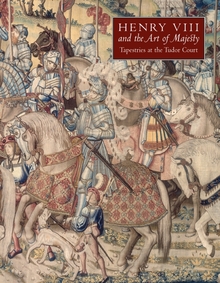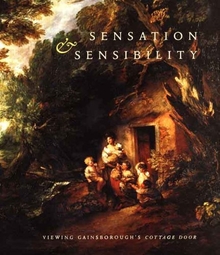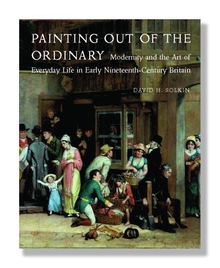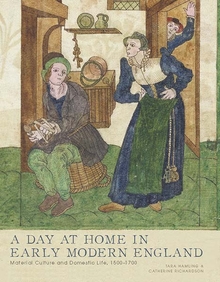Henry VIII and the Art of Majesty
WARNING
You are viewing an older version of the Yalebooks website. Please visit out new website with more updated information and a better user experience: https://www.yalebooks.com
Tapestries at the Tudor Court
Thomas P. Campbell
Luxurious, beautiful, and portable, tapestry was the pre-eminent art form of the Tudor court. Henry VIII amassed an unrivaled collection over the course of his reign, and the author weaves the history of this magnificent collection into the life of its owner with an engaging narrative style. Now largely dispersed or destroyed, Henry’s extensive inventory is here reassembled and reveals how, through tapestry, Henry identified himself with historic, religious, and mythological figures, putting England in dialogue—and competition—with the leading courts of Early Modern Europe while promoting his own religious and political agendas at home. Campbell’s original account sheds new light on Tudor political and artistic culture and the court’s response to Renaissance aesthetic ideals. Sumptuously illustrated with newly commissioned photographs, this stunning re-creation of Europe’s greatest tapestry collection challenges the predominantly text-driven histories of the period and offers a fascinating new perspective on the life of Henry VIII.
Published for the Paul Mellon Centre for Studies in British Art
Thomas P. Campbell is Curator in the Department of European Sculpture and Decorative Arts and Supervising Curator of the Antonio Ratti Textile Center at The Metropolitan Museum of Art. He is the principal author of Tapestry in the Renaissance: Art and Magnificence (2002) and editor of Tapestry in the Baroque: Threads of Splendor (see page 29).
Publication Date: September 15, 2007
Publishing Partner: Published for the Paul Mellon Centre for Studies in British Art
114 b/w + 206 color illus.









